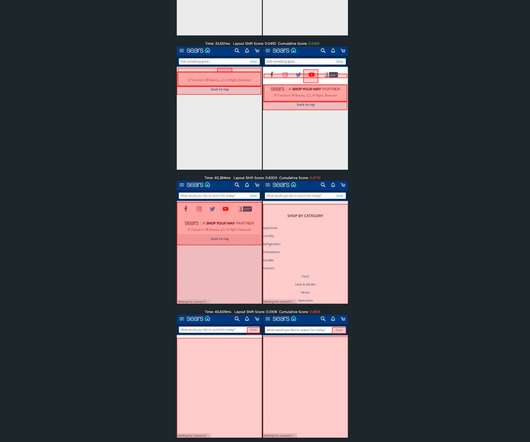How to use Server Timing to get backend transparency from your CDN
Speed Curve
FEBRUARY 5, 2024
Google recommends that TTFB be 800ms at the 75th percentile. Looking at the industry benchmarks for US retailers , four well-known sites have backend times that are approaching – or well beyond – that threshold. The use of server-timing headers by content delivery networks closes a big gap. Definitely worth a read!





















Let's personalize your content